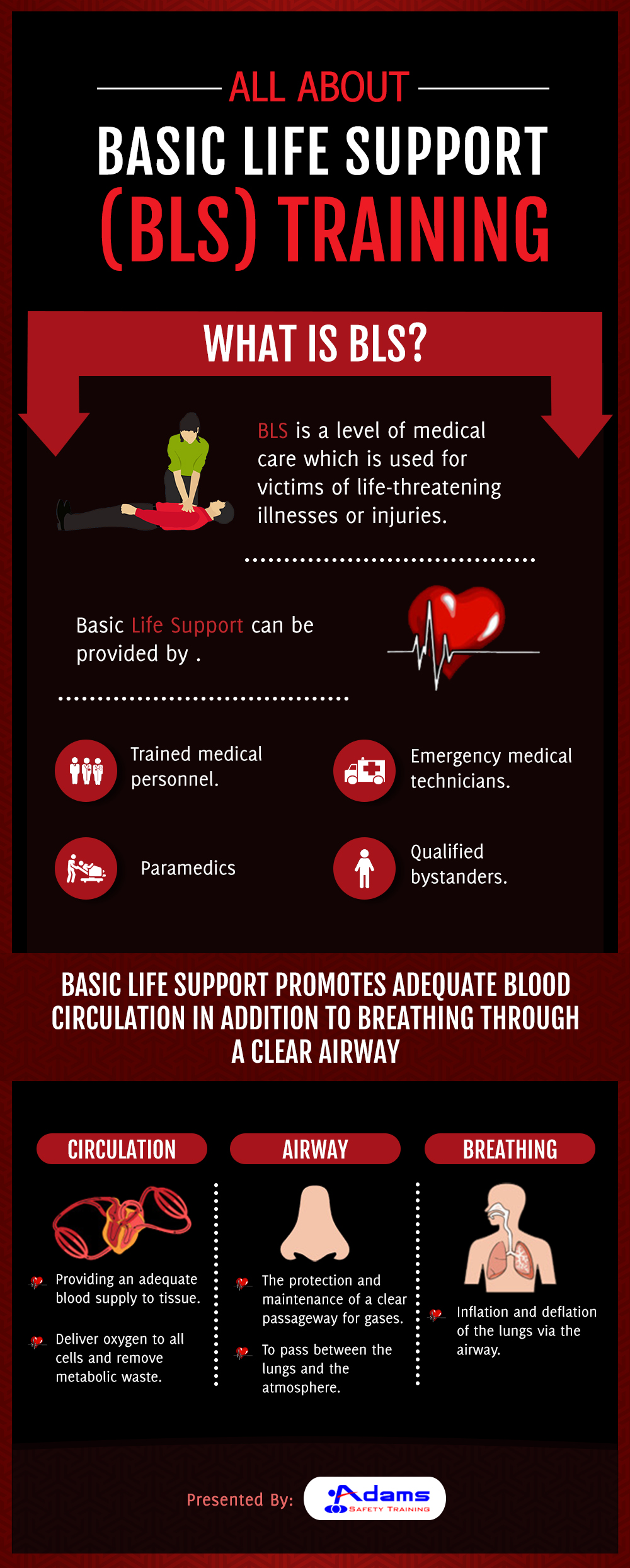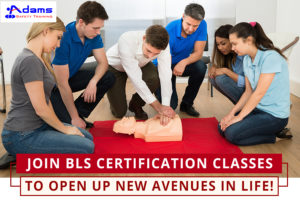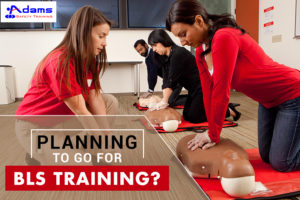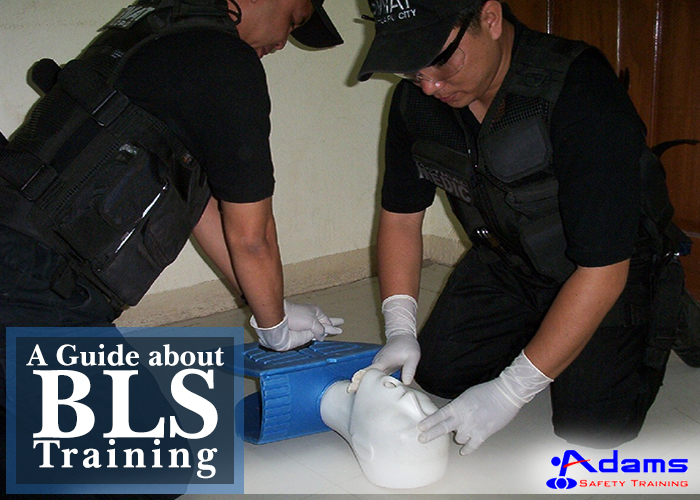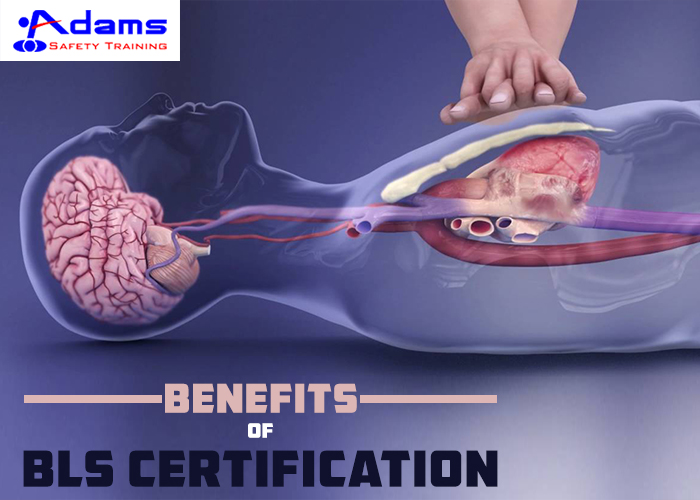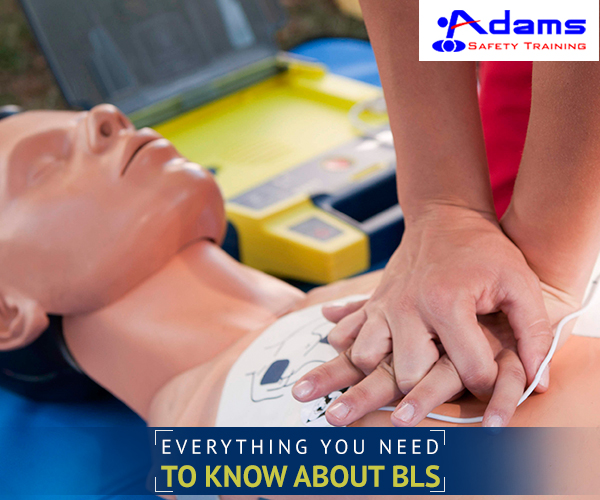The infographic titled as “About BLS Training” describe different life saving aspect of BLS training. Basic life support (BLS) training is provided to individuals to teach them the basic level of medical care that can be used for victims of severe illnesses or injuries until they get full medical care at a hospital.
BLS can be provided by trained medical personnel such as paramedics, emergency medical technicians and certified individuals. A BLS training course teaches rescue techniques for adults, child as well as infants.
A BLS training course generally covers oxygen administration, bleeding control, CPR (Cardiopulmonary Resuscitation) and splinting. The training course help healthcare professionals gain the ability to recognize various life-threatening emergencies, perform CPR, use AED and relieve chocking in a safe, timely and effective manner.
BLS training course helps in use of learning stations for practicing certain essential skills. Every student gets to learn through hands-on class format for reinforcing their proficiency. To know more in detail, please refer to the details mentioned on below infographic.


